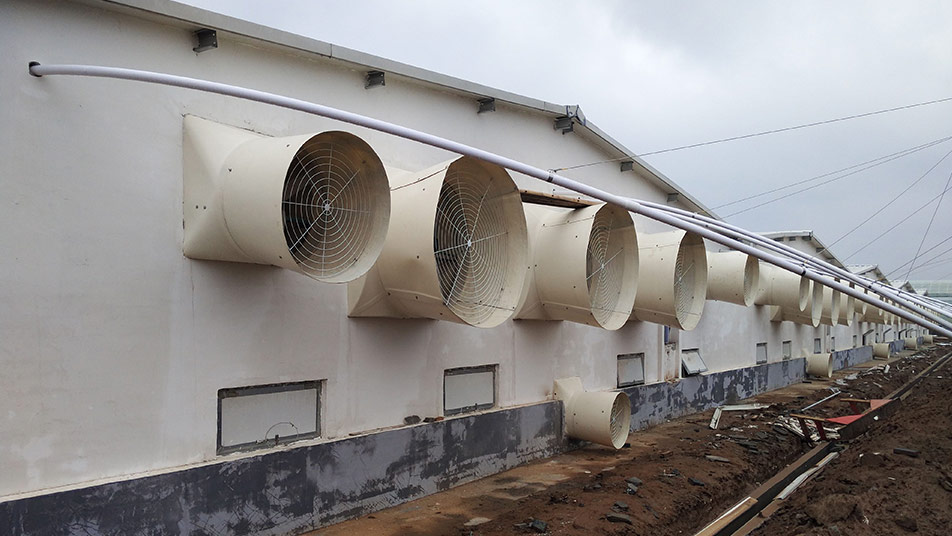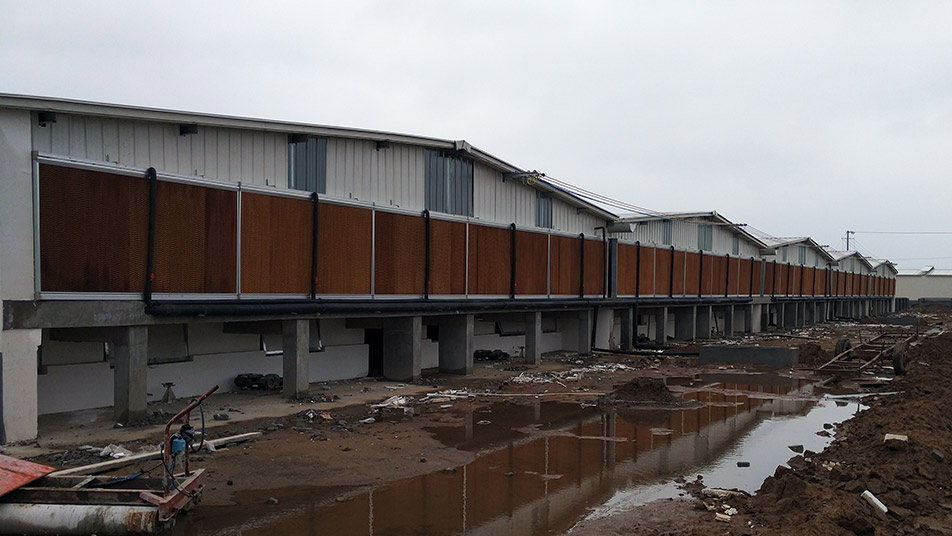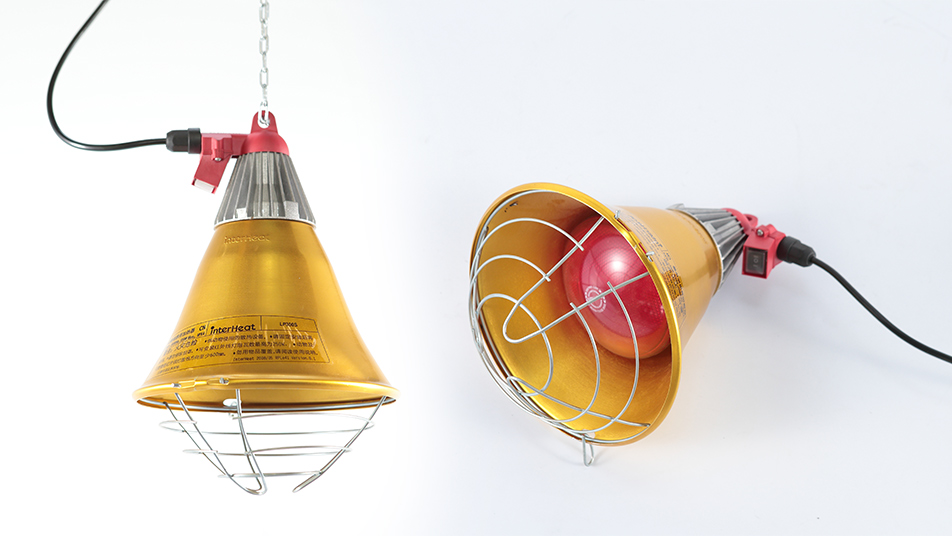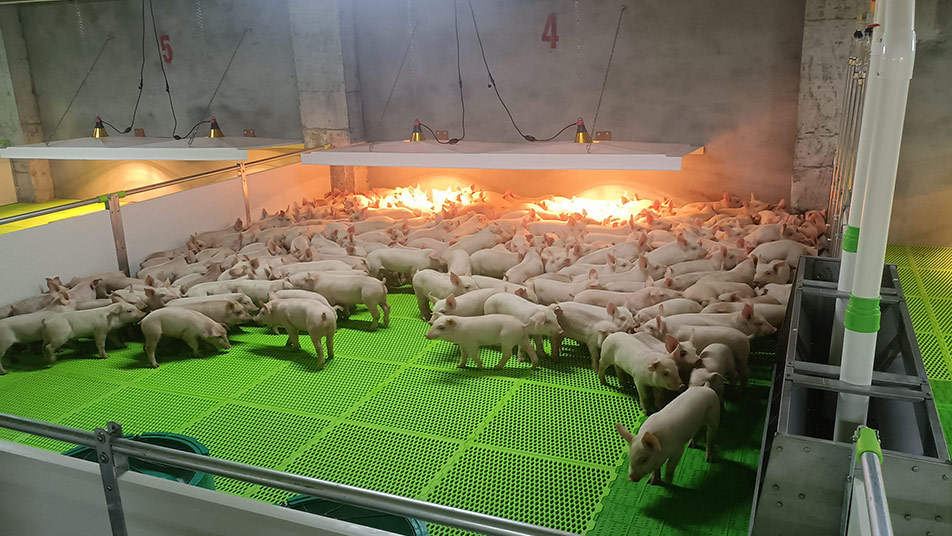- English
- Español
- Português
- русский
- Français
- 日本語
- Deutsch
- tiếng Việt
- Italiano
- Nederlands
- ภาษาไทย
- Polski
- 한국어
- Svenska
- magyar
- Malay
- বাংলা ভাষার
- Dansk
- Suomi
- हिन्दी
- Pilipino
- Türkçe
- Gaeilge
- العربية
- Indonesia
- Norsk
- تمل
- český
- ελληνικά
- український
- Javanese
- فارسی
- தமிழ்
- తెలుగు
- नेपाली
- Burmese
- български
- ລາວ
- Latine
- Қазақша
- Euskal
- Azərbaycan
- Slovenský jazyk
- Македонски
- Lietuvos
- Eesti Keel
- Română
- Slovenski
- मराठी
- Srpski језик
Meeting the Welfare and Behavioral Needs of Pigs: Providing Appropriate Housing and Space for Pig Farm Owners
2023-07-11
As pig farm owners, it is our responsibility to prioritize the welfare and behavioral needs of the pigs in our care. One crucial aspect of ensuring their well-being is providing appropriate housing and sufficient space. In this article, we will delve into the significance of suitable housing and space for pigs, and discuss strategies for meeting these needs effectively.
Housing Design and Layout:
The design and layout of pig housing should aim to provide a comfortable and stress-free environment for the animals. Considerations include proper ventilation, temperature control, and adequate natural or artificial lighting. Providing separate areas for resting, feeding, and elimination helps maintain cleanliness and hygiene.



Space Allowance:
Sufficient space is vital for pigs to engage in natural behaviors, such as walking, running, and exploring. Overcrowding can lead to stress, aggression, and compromised welfare. Providing adequate space based on the size and age of the pigs allows them to express their natural behaviors and reduces the risk of injuries and health issues.
Flooring and Bedding:
The choice of flooring and bedding materials should prioritize the comfort and well-being of pigs. Suitable options include straw, wood shavings, or rubber mats, which provide cushioning, traction, and thermal insulation. Proper maintenance and regular cleaning of the flooring and bedding help maintain hygiene and prevent health problems.

Environmental Enrichment:
Enriching the pig's environment promotes mental stimulation and reduces boredom. Providing objects such as hanging chains, balls, or rooting materials encourages natural behaviors and helps alleviate stress. Regularly rotating or adding new enrichment items keeps the environment engaging and prevents habituation.
Alternative Pig Housing Systems:
Traditional pig housing systems can be replaced with innovative alternatives that prioritize pig welfare and behavioral needs. These alternatives include group housing systems, such as Welsafe Farrowing Crate or Free Access Stall, which allow pigs to exhibit natural behaviors, socialize, and engage in exploratory activities. Implementing such systems provides pigs with a more enriched and fulfilling environment.


Biosecurity Measures:
Implementing appropriate biosecurity measures in housing facilities is crucial for disease prevention and pig health. This includes controlling access to the facility, maintaining proper hygiene protocols, and regularly monitoring and managing potential disease risks. Strict biosecurity practices help safeguard the well-being of the pigs and maintain a healthy environment.
As pig farm owners, it is our responsibility to provide appropriate housing and sufficient space for the welfare and behavioral needs of the pigs in our care. By designing and maintaining well-ventilated, spacious, and enriched housing environments, we can create conditions that promote their physical and mental well-being. Through proper housing and space management, we contribute to the overall welfare and success of our pig farming operations. Let us strive to provide pigs with the best possible living conditions, ensuring their comfort, health, and happiness.
Housing Design and Layout:
The design and layout of pig housing should aim to provide a comfortable and stress-free environment for the animals. Considerations include proper ventilation, temperature control, and adequate natural or artificial lighting. Providing separate areas for resting, feeding, and elimination helps maintain cleanliness and hygiene.



Space Allowance:
Sufficient space is vital for pigs to engage in natural behaviors, such as walking, running, and exploring. Overcrowding can lead to stress, aggression, and compromised welfare. Providing adequate space based on the size and age of the pigs allows them to express their natural behaviors and reduces the risk of injuries and health issues.
Flooring and Bedding:
The choice of flooring and bedding materials should prioritize the comfort and well-being of pigs. Suitable options include straw, wood shavings, or rubber mats, which provide cushioning, traction, and thermal insulation. Proper maintenance and regular cleaning of the flooring and bedding help maintain hygiene and prevent health problems.

Environmental Enrichment:
Enriching the pig's environment promotes mental stimulation and reduces boredom. Providing objects such as hanging chains, balls, or rooting materials encourages natural behaviors and helps alleviate stress. Regularly rotating or adding new enrichment items keeps the environment engaging and prevents habituation.
Alternative Pig Housing Systems:
Traditional pig housing systems can be replaced with innovative alternatives that prioritize pig welfare and behavioral needs. These alternatives include group housing systems, such as Welsafe Farrowing Crate or Free Access Stall, which allow pigs to exhibit natural behaviors, socialize, and engage in exploratory activities. Implementing such systems provides pigs with a more enriched and fulfilling environment.


Biosecurity Measures:
Implementing appropriate biosecurity measures in housing facilities is crucial for disease prevention and pig health. This includes controlling access to the facility, maintaining proper hygiene protocols, and regularly monitoring and managing potential disease risks. Strict biosecurity practices help safeguard the well-being of the pigs and maintain a healthy environment.
As pig farm owners, it is our responsibility to provide appropriate housing and sufficient space for the welfare and behavioral needs of the pigs in our care. By designing and maintaining well-ventilated, spacious, and enriched housing environments, we can create conditions that promote their physical and mental well-being. Through proper housing and space management, we contribute to the overall welfare and success of our pig farming operations. Let us strive to provide pigs with the best possible living conditions, ensuring their comfort, health, and happiness.




